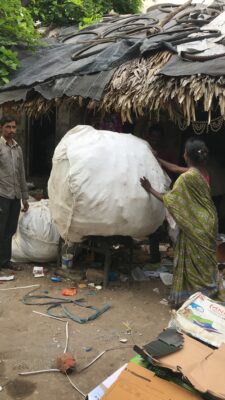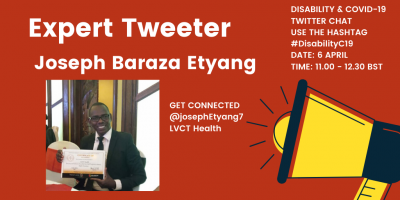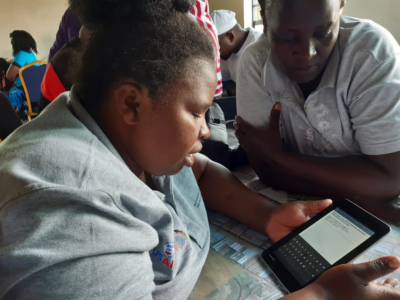Content that was hot in 2020
As the year draws to a close our Communications Manager, Kate Hawkins, provides a summary of popular content from the website over the course of a challenging year. Did your blog make the top ten? Read on to find out!
To give us an idea of which parts of our work over the year have resonated with our online audience I have put together a top ten of the most popular content on the website. This gives us some insight into you, dear reader, and will guide us in the future.
1. Remote research methods to use during the COVID-19 pandemic
This blog by myself, Jessica Amegee and Rosie Steege provides a round up of guidance on remote methods – amalgamating knowledge from around the web. It was written when it was clear that ARISE was going to have to drastically shift its ways of working in relation to the pandemic. We’re pleased that it is a piece that has resonated with other researchers in the same boat. It’s also a good reminder that people are interested in the Community Based Participatory Research approach we use, and not just the findings.
2. Shadowing Suvartha on her waste-picking route in Vijayawada

This photo essay by Shrutika Murthy was a shining example of the multi-media communications that we are spearheading in ARISE. The photo essay grew out of our work with waste picking communities in Vijayawada, India. Suvartha collects and sell recyclables as an occupation and lives on the fringes of slums. Insights into her life and the feelings of the researcher who is walking alongside her run throughout the photo essay.
3. Understanding violence in the slums: Resilience or normalization?
The third most popular content was a blog by Joseph Kimani who works at SDI Kenya. He provided a rousing call to action. His aim – to tackle structural violence against poor and marginalized people.
“Violence is a monster that is omnipresent in low-income areas. Slums have become synonymous with violence, crime, criminalization of youth and ‘illicit’ income activities. The feeling of oppression and deprivation makes the entire settlements a no-go-zone. As a result, innocent, poor, marginalized and vulnerable members of communities who cannot escape or leave the settlements are trapped hence affecting their health and wellbeing.”
4. ARISE PhD programme
I’m glad our students are popular. Our students bring new ideas and ways of viewing the world as well as putting in a lot of leg work. They are our foundation and we would not be the project we are without them. Bravo and onwards!
5. Our disability and COVID-19 Twitter Chat
 The next five most popular bits of content relate to the Twitter Chat that we held on disability and COVID-19. The event generated a lot of tweets and posters, so I knew it was popular at the time. But it’s great to know that the insights of our experts continue to be useful.
The next five most popular bits of content relate to the Twitter Chat that we held on disability and COVID-19. The event generated a lot of tweets and posters, so I knew it was popular at the time. But it’s great to know that the insights of our experts continue to be useful.
6. Shadowing Kishore on his waste-picking route in Vijayawada
A companion piece to the photo essay by Shrutika Murthy, Shadowing Kishore explores the daily lives of waste pickers through the eyes of Prasanna Subramanya Saligram.
“Until dawn I was in an ambiguous state – oscillating between comfort and discomfort with the shadowing experience. Once daylight broke and we were going through residential areas, I began to feel distinctly uncomfortable.
I worried people might think I was the contractor overseeing Kishore.”
7. Mapping community health services in Mukuru, Kenya

This piece by Jane Wairutu, Eva Muchiri and Jackline Waithaka explored Mukuru Special Planning Area and how changes in policy led to an assessment of health service provision in the settlement. Using innovative methods SDI mapped the availability of Community Health Volunteers and services, providing recommendations for the future.
8. Recommendations from Guatemala to urban municipalities responding to COVID-19 in low- and middle-income countries
This blog is unusual for the ARISE site as it is authored by a policy maker, Guillermo Hegel the former Municipal Director of Health (2014-2020) for Villa Nueva in Guatemala. It provides insights for the municipal level – which is key to tackling COVID-19 – and suggests longer term measures that can be the foundation for future pandemic responses.
9. COVID-19: ARISE advice for people in informal settlements
This section of the site brings together all the research that we have published on COVID-19 this year. The content is an eclectic mix of audio, video, journal articles, blogs, webinars and photo stories. Keep checking back in. We regularly update the page.
10. Rehabilitation and relocation in Mumbai and Ahmedabad
“Nearly half of Mumbai lives in slums, some on uninhabitable lands – within an arm’s length of speeding trains or on pavements with their living overflowing on to the adjacent street.”
We end our round up with this blog by Vinodkumar Rao and Smruti Jukur. It explores how we will be studying aspects of relocation – the governance structures, political relationships, organisation of residents, etc. A process already underway in Mumbai and Ahmedabad.
I hope you enjoyed this round up of the top website content of the year. We commit to keeping you informed in 2021 and beyond and are pleased to usher in the New Year with you.
